Steve Sparks's Email & Phone Number
Sr Software Developer
Steve Sparks Email Addresses
Steve Sparks Phone Numbers
Steve Sparks's Work Experience




Rotella Capital Management
Senior software engineer
August 2012 to March 2013

Getco LLC
Chieftain (Small team lead)
June 2007 to September 2012


ThoughtWorks Inc.
Systems Architect
January 2004 to January 2005







BSCA
System Architect
January 1997 to January 1997



KnowledgeWare
Senior Methodologist
January 1990 to January 1993
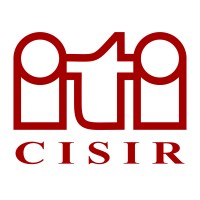
Show more
Show less
Frequently Asked Questions about Steve Sparks
What is Steve Sparks email address?
Email Steve Sparks at [email protected], [email protected] and [email protected]. This email is the most updated Steve Sparks's email found in 2024.
What is Steve Sparks phone number?
Steve Sparks phone number is +1.6304160998.
How to contact Steve Sparks?
To contact Steve Sparks send an email to [email protected], [email protected] or [email protected]. If you want to call Steve Sparks try calling on +1.6304160998.
What company does Steve Sparks work for?
Steve Sparks works for DRW
What is Steve Sparks's role at DRW?
Steve Sparks is Sr Software Developer
What industry does Steve Sparks work in?
Steve Sparks works in the Financial Services industry.
Steve Sparks's Professional Skills Radar Chart
Based on our findings, Steve Sparks is ...
What's on Steve Sparks's mind?
Based on our findings, Steve Sparks is ...
Steve Sparks's Estimated Salary Range
Steve Sparks Email Addresses
Steve Sparks Phone Numbers
Find emails and phone numbers for 300M professionals.
Search by name, job titles, seniority, skills, location, company name, industry, company size, revenue, and other 20+ data points to reach the right people you need. Get triple-verified contact details in one-click.In a nutshell
Steve Sparks's Personality Type
Introversion (I), Sensing (S), Thinking (T), Perceiving (P)
Average Tenure
2 year(s), 0 month(s)
Steve Sparks's Willingness to Change Jobs
Unlikely
Likely
Open to opportunity?
There's 100% chance that Steve Sparks is seeking for new opportunities
Top Searched People
Canadian actress and singer
Model
Model
Commentator ‧ Paul Laxalt's daughter
Italian actor and model

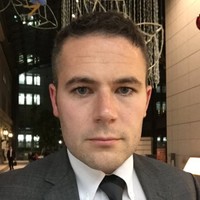








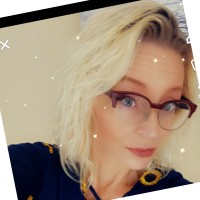



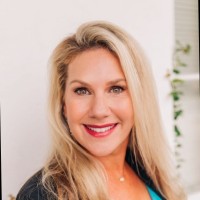



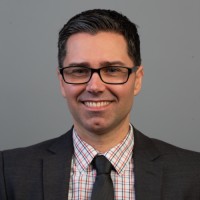










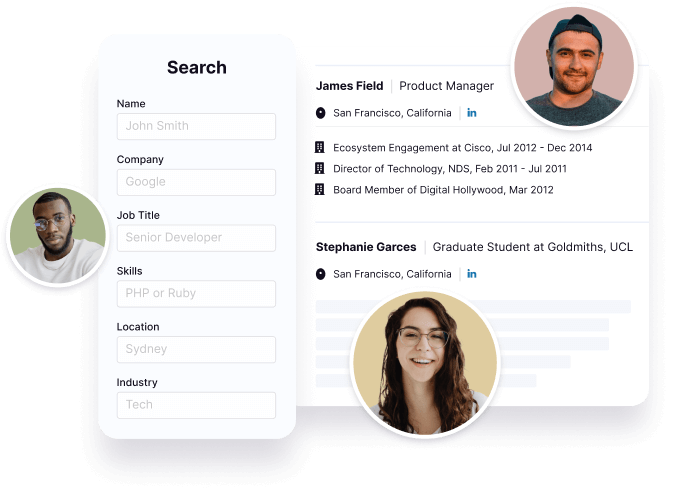
Steve Sparks's Social Media Links
/in/steve-sparks-76476a /company/sky-road-llc /school/university-of-michigan/